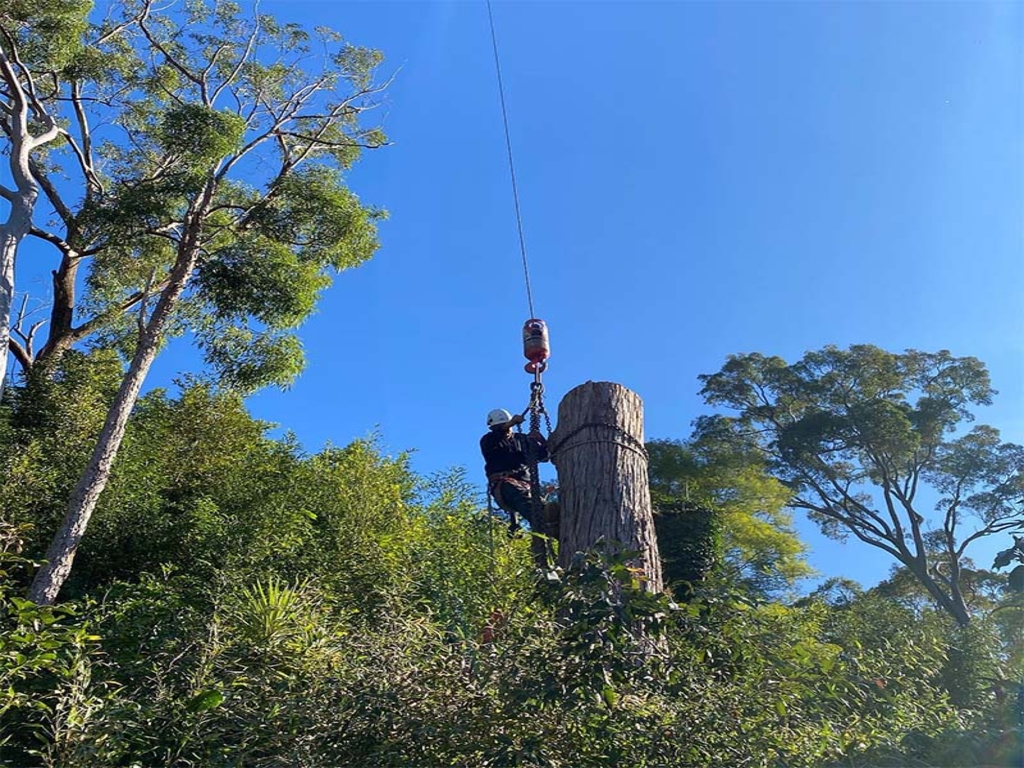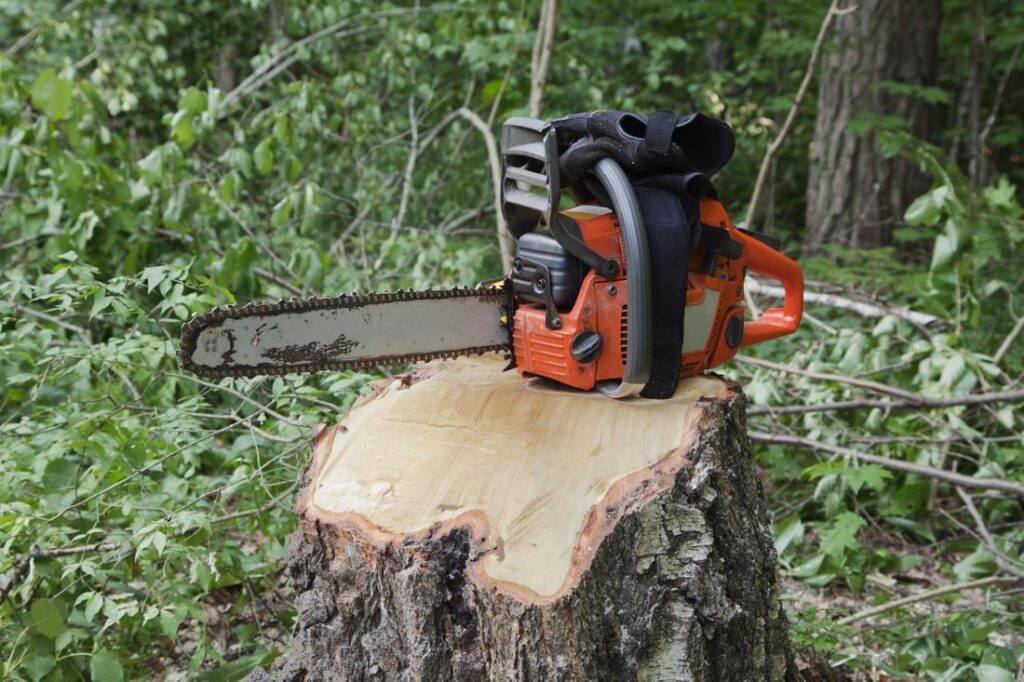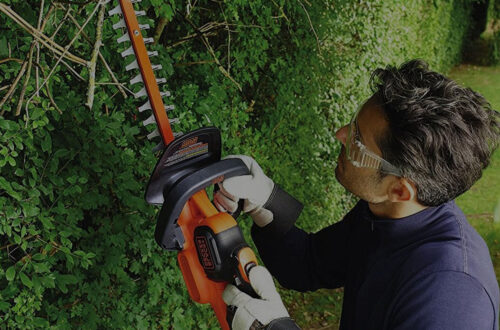Urban canopies play a vital role in enhancing the aesthetics and sustainability of city environments. These green spaces provide numerous benefits, such as reducing air pollution, mitigating heat island effects, and supporting urban wildlife. However, the preservation of urban canopies requires careful management, which includes the safe and timely removal of trees when necessary.
Understanding Urban Canopies
Before delving into the importance of safe and timely tree removal Inner West, it’s essential to understand what urban canopies are and the role they play in urban areas.
Defining Urban Canopies
Urban canopies refer to the collective coverage of trees and vegetation within a city or urbanized area. They include street trees, parks, green roofs, and any other green spaces that contribute to the overall greenery of the cityscape.
Imagine strolling down a bustling city street, surrounded by towering buildings and the constant hum of traffic. Suddenly, you come across a serene park, filled with lush green trees and vibrant flowers. This oasis of nature amidst the concrete jungle is an urban canopy.
These canopies not only provide a visual respite from the urban landscape but also offer a multitude of benefits to both humans and the environment.
Related: Aesthetic Transformations for Residential and Commercial Spaces with Inner West Tree Removal

The Role of Trees in Urban Areas
Trees in urban areas deliver a wide range of benefits. They act as natural air purifiers by absorbing harmful pollutants and releasing clean oxygen. Additionally, trees provide shade, reducing the heat reflected by buildings and roads, thus helping to combat the urban heat island effect.
Imagine walking down a scorching sidewalk on a sweltering summer day. The sun beats down relentlessly, making the heat almost unbearable. But as you approach a street lined with trees, a cool breeze greets you, and the temperature instantly drops. The shade provided by these urban trees creates a microclimate, offering relief from the oppressive heat.
Moreover, urban trees provide habitat and food for various birds, insects, and other wildlife species. They promote biodiversity and contribute to the overall ecological balance within cities.
Picture a vibrant city park, alive with the melodious chirping of birds. These trees not only provide a sanctuary for our feathered friends but also attract a diverse range of insects, creating a thriving ecosystem within the urban landscape.
Furthermore, urban canopies have a positive impact on mental health and well-being. Research has shown that spending time in green spaces, surrounded by trees and nature, can reduce stress levels and improve overall mood.
So, the next time you find yourself walking through a city adorned with trees and green spaces, take a moment to appreciate the urban canopy. It’s not just a collection of trees; it’s a vital component of a healthy and sustainable urban environment.
The Dangers of Neglected Trees
In an urban environment, neglected trees can pose significant risks to public safety and the well-being of the surrounding ecosystem.
Did you know that unmaintained trees can have weak or dead branches that are prone to falling? This can pose a danger to pedestrians, vehicles, and nearby buildings. Imagine walking down a busy city street and suddenly a large branch comes crashing down. It’s a scary thought, right? That’s why it’s crucial to ensure that trees in urban areas are properly maintained and regularly inspected.
But it’s not just the risk of falling branches that we need to be concerned about. Overgrown tree branches can also interfere with power lines, causing electrical hazards and disruptions. It’s not uncommon for a storm to knock down power lines, leaving entire neighborhoods without electricity. By keeping trees properly pruned and away from power lines, we can minimize the risk of such incidents and ensure a more reliable power supply for everyone.

Potential Risks of Unmaintained Trees
Unmaintained trees not only pose physical risks, but they can also have a negative impact on the overall health of the urban canopy. When trees are neglected, they become more susceptible to diseases and pests. These diseases and pests can spread to surrounding trees, compromising the entire ecosystem. It’s like a domino effect – one neglected tree can lead to the decline of many others.
Imagine a beautiful park with a variety of trees, providing shade and beauty to the surrounding area. Now, picture that same park with diseased and dying trees. It’s a stark difference, isn’t it? By taking care of our trees and promptly addressing any signs of diseases or pests, we can preserve the beauty and health of our urban canopy.
The Impact on Urban Wildlife
Neglected trees not only affect humans but also have a detrimental impact on urban wildlife. Trees with damaged branches or diseases may provide inadequate shelter and food sources for birds and other animals. These trees, once thriving habitats for various species, become barren and inhospitable.
By removing neglected trees safely and promptly, alternative habitats can be created. This ensures the continued support of urban wildlife, allowing them to find suitable shelter and food sources. It’s essential to remember that urban areas are not just for humans; they are shared spaces that should also cater to the needs of our animal friends.
The Importance of Safe Tree Removal
Safe tree removal is crucial for maintaining the health and sustainability of urban canopies. Trees not only beautify our cities and provide shade, but they also contribute to air quality, reduce stormwater runoff, and support biodiversity. However, there are instances when tree removal becomes necessary to ensure public safety and prevent further damage.
The Process of Safe Tree Removal
Safe tree removal involves a systematic approach that prioritizes public safety and environmental considerations. It begins with the assessment of the tree’s condition and the identification of any potential hazards. This assessment includes evaluating the tree’s overall health, structural stability, and proximity to structures or power lines.
Once a tree is deemed hazardous or unhealthy beyond rehabilitation, it is removed in a controlled manner, ensuring minimal disruption to the surrounding area. This process often requires the use of specialized equipment, such as cranes or aerial lifts, to safely remove large branches or sections of the tree.
Additionally, professional arborists carefully plan the direction of tree felling to prevent damage to nearby structures or other trees. They may also use techniques like tree cabling or bracing to support weak or damaged trees, providing an alternative to complete removal when possible.
The Role of Professional Arborists
Professional arborists play a vital role in safe tree removal. They possess the knowledge and skills to assess tree health, identify potential risks, and determine the most appropriate course of action. These experts have a deep understanding of tree biology, diseases, and structural integrity, allowing them to make informed decisions regarding tree removal.
Arborists also ensure that tree removal is carried out in compliance with local regulations and guidelines, minimizing the impact on the urban canopy and surrounding ecosystems. They understand the importance of preserving the ecological balance and work to mitigate any potential negative effects of tree removal, such as replanting new trees or implementing measures to protect wildlife habitats.
Furthermore, professional arborists prioritize safety throughout the entire tree removal process. They are trained in the proper use of equipment and follow industry best practices to minimize risks to themselves, bystanders, and nearby property. Their expertise and experience allow for efficient and safe tree removal, reducing the likelihood of accidents or property damage.
In conclusion, safe tree removal is a complex task that requires careful planning, expertise, and adherence to environmental considerations. By entrusting this responsibility to professional arborists, we can ensure that our urban canopies remain healthy, sustainable, and safe for generations to come.
Timely Tree Removal and Urban Canopy Preservation
Timely tree removal is essential to preserve the integrity and vitality of urban canopies. However, the process of identifying when tree removal is necessary requires careful monitoring and evaluation of trees in urban areas.

Identifying When Tree Removal is Necessary
Regular monitoring and evaluation of trees in urban areas help identify signs of decline or potential hazards. This involves trained professionals inspecting the trees for any visible signs of disease, decay, or structural instability. By recognizing these indicators early on, tree removal can be executed before any significant damage occurs.
Furthermore, advanced techniques such as aerial surveys and tree risk assessments are employed to assess the overall health and condition of the urban canopy. These methods provide a comprehensive understanding of the tree population, allowing arborists to make informed decisions regarding tree removal.
Balancing Tree Removal and Preservation
While tree removal is necessary for public safety, it is equally important to invest in tree preservation efforts. Urban canopy preservation strategies, such as planting suitable replacement trees and implementing proper maintenance, help maintain the overall balance and health of the green infrastructure.
Tree preservation involves various practices, including regular pruning, fertilization, and pest management. By providing the necessary care and attention, urban trees can thrive and continue to provide numerous benefits, such as improved air quality, reduced stormwater runoff, and enhanced aesthetic appeal.
Additionally, community engagement plays a vital role in urban canopy preservation. Educating residents about the importance of trees and involving them in tree planting initiatives fosters a sense of ownership and stewardship. This collaborative approach ensures the long-term sustainability of the urban canopy, creating a greener and more livable environment for all.
The Inner West’s Approach to Tree Management
The Inner West has implemented specific policies and initiatives to manage tree removal and preserve the urban canopy.
Local Policies on Tree Removal
The Inner West’s local government has established guidelines that regulate tree removal. These policies ensure that tree removal is carried out responsibly, with proper justifications and adherence to environmental regulations.
Community Involvement in Urban Canopy Preservation
The Inner West actively encourages community participation in tree management and urban canopy preservation. Local residents and organizations can collaborate with the government to plant and maintain trees, fostering a sense of ownership and pride in the urban green spaces.
One notable initiative that the Inner West has undertaken is the Tree Adoption Program. This program allows residents to “adopt” a tree and take on the responsibility of caring for it. Participants receive training on tree maintenance and are provided with the necessary tools and resources to ensure the tree’s health and longevity. This program not only helps in increasing the urban canopy but also strengthens the bond between the community and the environment.
In addition to the Tree Adoption Program, the Inner West has also established a Tree Preservation Fund. This fund provides financial assistance to residents and organizations who wish to plant or maintain trees on their properties. By offering grants and subsidies, the Inner West incentivizes individuals and groups to actively contribute to the preservation of the urban canopy.
In conclusion, preserving urban canopies requires a comprehensive approach that includes safe and timely tree removal. By understanding the role of urban canopies, recognizing the dangers of neglected trees, and prioritizing safe tree removal, cities can ensure the long-term sustainability and benefits of their urban green spaces. With proper management and community involvement, the Inner West exemplifies how urban canopy preservation can be achieved successfully.






